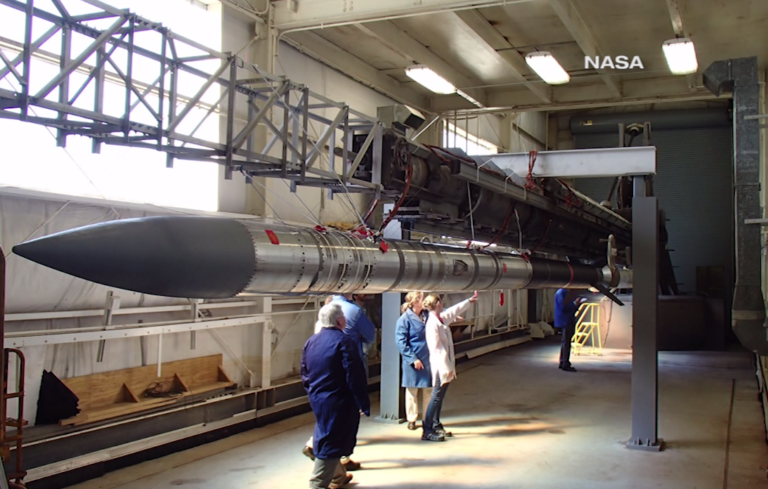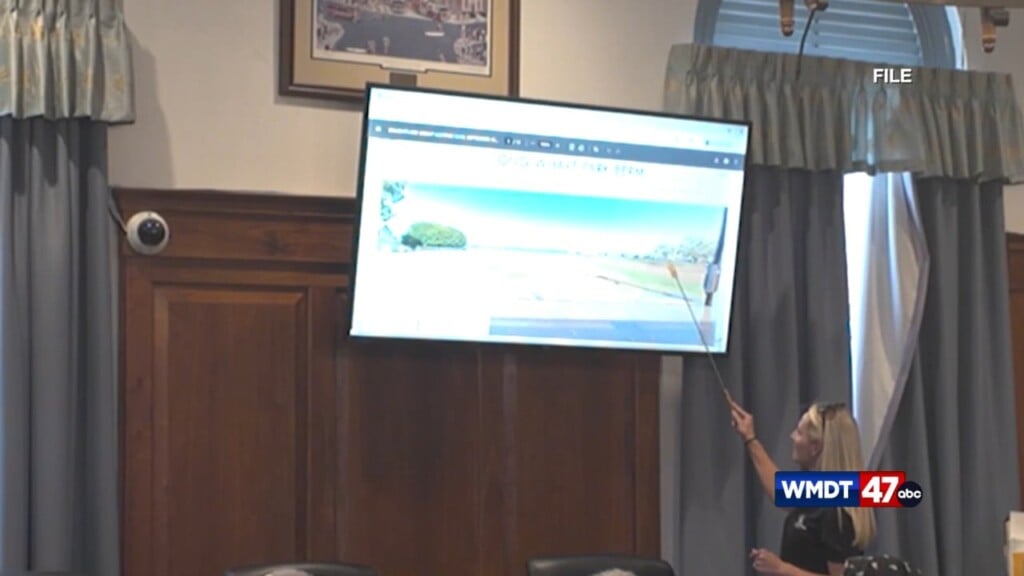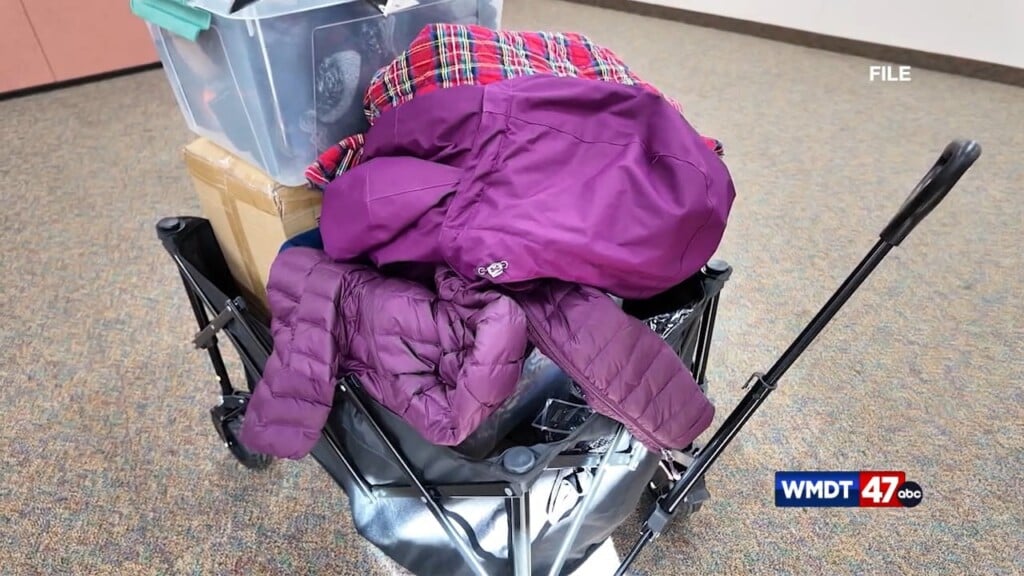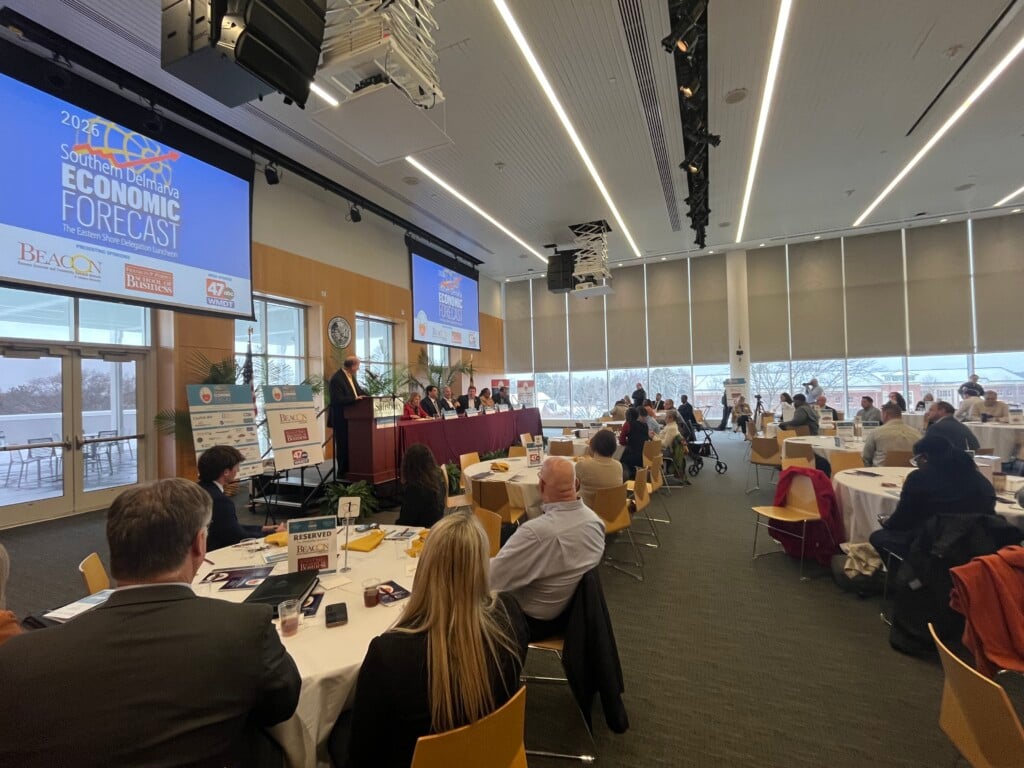Wallops rocket designed to test new technology

This suborbital Black Brant IX sounding rocket is going to space. It’s mission is to make future missions less risky and less expensive by learning.
Wednesday’s planned launch from NASA Wallops Flight Facility will primarily focus on the performance of the new and improved Black Brant Motor. It works in two stages.
Cathy Hesh the technology manager leading the launch says, “The first stage has a really high thrust and short burn time. The goal of that motor is to get it off the pad very quickly. That motor will burn for about six seconds. It will fall away from the rest of the vehicle. We then coast non-powered for about ten seconds, and then at about 16 seconds in the flight our second stage motor will ignite and burn for about 25 seconds.”
The performance of the motor is the first of 5 specific experiments on this flight. The second thing being tested a new section of the payload. Unlike previous models, it’s made in one single step.
Hesh says, “It enables less machining time and it also eliminates welds so you can do it as a one piece of construction.”
That means it also weighs less, carries less risk, and ultimately costs less. The third experiment is through a partnership with Orbital ATK. It’s all about testing new materials.
Hesh says, “It looks like it can offer drastically decreased weights and stronger materials for the future. Those are all good things for space travel. It costs so much to put up weight.”
The fourth experiment is less about the space craft than it is about space and Earth itself. The rocket will release vapor 130 miles above earth.
Hesh goes on, “We’ll be able to watch the vapors disperse in the atmosphere to study the upper atmosphere winds and atmospheric conditions.”
The last experiment deals with sub-payloads smaller vessels released from the main payload to do their own information gathering.
Hesh says, “They will be taking data and transmitting that data back to the main payload.”
That kind of communication technology works on Earth. Now, it’s all about the payoff in space.
Hesh continues, “It’s very exciting we’ve been working on this for about a year now. We’ve been putting in a lot of hours and a lot of work to get to this point.”


